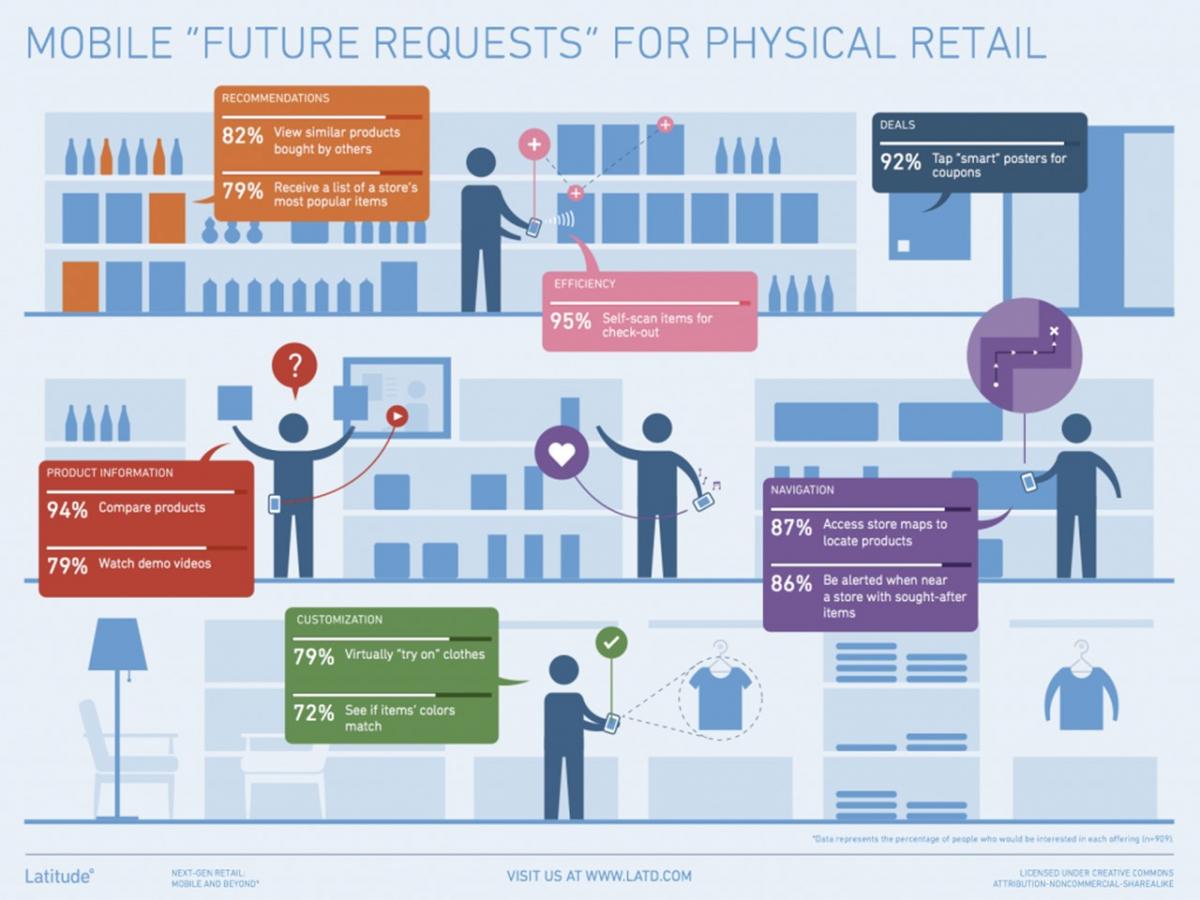With all the buzz around online shopping, it may feel as though brick and mortar stores will not live to see the next decade. But reality is slightly different. While online shopping is certainly growing steadily, it is equally true that many shoppers still prefer to make their purchases inside an actual store. According to PwC’s annual consumer survey, nearly 40 percent of consumers make purchases inside a physical store at least once a week, compared to just 27 percent who do the same online.
This means that retailers need to understand that the instore shopping experience is every bit as important as the online one. A superior instore customer experience will translate to a happier customer and consequently more profits.

Apple is a great example of effective replication of the brand experience across platforms. The in-store experience is also very relevant in sectors such as luxury, where the ‘touch and feel’ is absolutely crucial. As Milton Pedraza, CEO of Luxury Institute, New York puts it: the human element is going to be the top differentiator among luxury brands going forward.
Technology plays a key role in bolstering the ‘human element.’ For example, providing free in-store Wi-Fi not only allows consumers to connect and share information, but provides a crucial channel for real-time marketing and targeted offers based on instore behavior and customer profile.
Using technologies such as big data analytics, retailers can ensure that their in-store customers not only enjoy a customized experience and offerings, but they can also make better decisions on marketing, merchandising and assortment planning. Technology can also help retailers ensure a consistent omni-channel experience across all channels such as mobile platforms, online and the physical store.
As a retailer, here are some technology solutions that can help you achieve greater profitability with your instore customers.
Real-time digital engagement and analytics integration
Omni-channel strategy enablement
Shopper Driven Innovation using an NFC (Near Field Communication) based mobile marketing platform
Shopper Insights-customer data integration and monetization
Loyalty analysis including shopper targeting
New product launch analysis
Dynamic pricing
Demand Forecasting and Inventory Management
